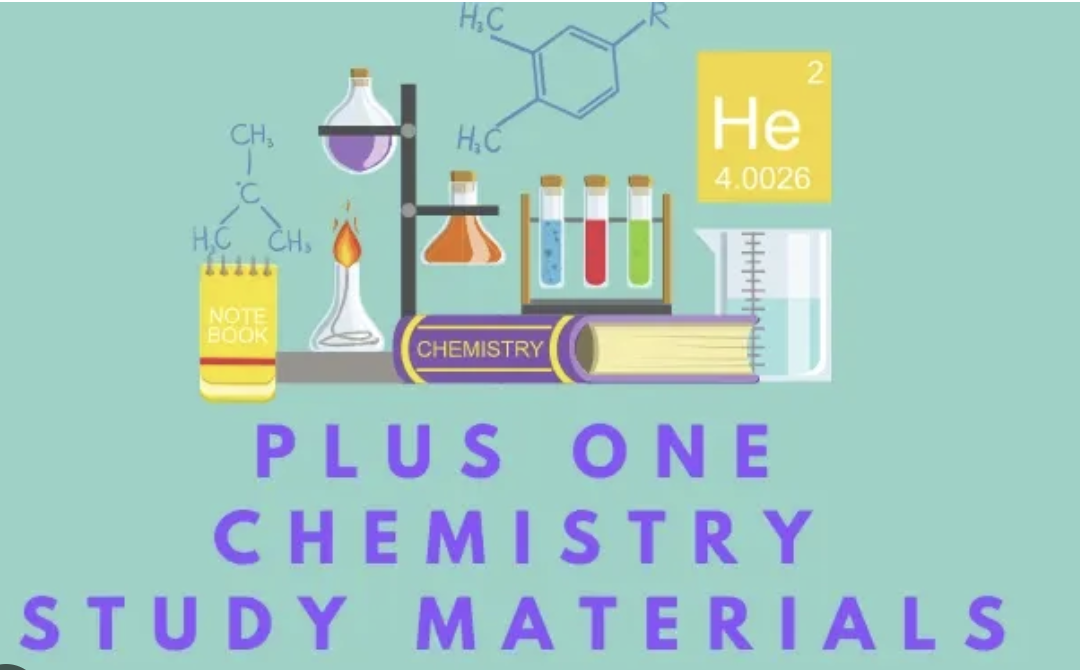The final chapter applies chemical principles to understanding environmental systems and challenges. Students examine the chemistry of the atmosphere, hydrosphere, and lithosphere, along with pollution sources, effects, and control strategies. Topics include acid rain, ozone depletion, greenhouse effect, and water treatment. This chapter emphasizes chemistry’s role in both creating and solving environmental problems, encouraging students to consider the ethical dimensions of chemical applications and their responsibility as scientifically informed citizens.
Environmental Chemistry – Plus One Chemistry Chapter 14 (SCERT Kerala Board)
Let me provide you with simplified notes on Environmental Chemistry from the SCERT Kerala Board syllabus.
Environmental Pollution
Environmental pollution is the undesirable change in physical, chemical, and biological characteristics of our air, land, and water that harmfully affects humans, other organisms, and natural processes.
Types of Environmental Pollution
1. Air Pollution
Major air pollutants:
- Carbon oxides (CO, CO₂)
- Nitrogen oxides (NOₓ)
- Sulfur oxides (SOₓ)
- Particulate matter (PM)
- Hydrocarbons
- Photochemical oxidants
Sources:
- Fossil fuel burning
- Industrial processes
- Automobile emissions
- Mining operations
Effects:
- Respiratory diseases
- Global warming (greenhouse effect)
- Acid rain
- Smog formation
- Ozone depletion
2. Water Pollution
Major water pollutants:
- Pathogens (bacteria, viruses)
- Organic wastes
- Chemical pollutants (pesticides, fertilizers)
- Heavy metals (mercury, lead, cadmium)
- Thermal pollution
Sources:
- Industrial effluents
- Domestic sewage
- Agricultural runoff
- Oil spills
Effects:
- Waterborne diseases
- Eutrophication
- Biomagnification
- Disruption of aquatic ecosystems
3. Soil Pollution
Major soil pollutants:
- Pesticides and herbicides
- Industrial wastes
- Urban wastes
- Heavy metals
Effects:
- Reduced soil fertility
- Bioaccumulation in food chains
- Groundwater contamination
Green Chemistry
Green chemistry aims to design chemical products and processes that reduce or eliminate the use and generation of hazardous substances.
Principles of Green Chemistry:
- Prevention of waste
- Atom economy (designing syntheses to maximize incorporation of materials)
- Less hazardous chemical syntheses
- Designing safer chemicals
- Safer solvents and auxiliaries
- Design for energy efficiency
- Use of renewable feedstocks
- Reduce derivatives
- Catalysis
- Design for degradation
- Real-time analysis for pollution prevention
- Inherently safer chemistry for accident prevention
Strategies for Environmental Protection
- Waste Management:
- 3R principle: Reduce, Reuse, Recycle
- Proper disposal of hazardous wastes
- Waste segregation
- Treatment Methods:
- Wastewater treatment (primary, secondary, tertiary)
- Air pollution control (electrostatic precipitators, scrubbers, catalytic converters)
- Bioremediation
- International Efforts:
- Montreal Protocol (ozone layer protection)
- Kyoto Protocol (greenhouse gas reduction)
- Paris Agreement (climate change mitigation)
Water Quality Parameters
- Physical parameters:
- pH, turbidity, color, odor, temperature
- Chemical parameters:
- Dissolved oxygen (DO)
- Biochemical oxygen demand (BOD)
- Chemical oxygen demand (COD)
- Total dissolved solids (TDS)
- Biological parameters:
- Coliform count
- Presence of pathogens
Atmospheric Chemistry
- Tropospheric chemistry:
- Formation of photochemical smog
- Acid rain formation (SOₓ + NOₓ + H₂O → H₂SO₄ + HNO₃)
- Stratospheric chemistry:
- Ozone layer depletion mechanisms
- Role of chlorofluorocarbons (CFCs)
This chapter connects chemical principles to environmental issues and emphasizes the importance of sustainable practices in protecting our environment.
Complete Chapter-wise Hsslive Plus One Chemistry Notes
Our HSSLive Plus One Chemistry Notes cover all chapters with key focus areas to help you organize your study effectively:
- Chapter 1 Some Basic Concepts of Chemistry
- Chapter 2 Structure of Atom
- Chapter 3 Classification of Elements and Periodicity in Properties
- Chapter 4 Chemical Bonding and Molecular Structure
- Chapter 5 States of Matter
- Chapter 6 Thermodynamics
- Chapter 7 Equilibrium
- Chapter 8 Redox Reactions
- Chapter 9 Hydrogen
- Chapter 10 The s Block Elements
- Chapter 11 The p Block Elements
- Chapter 12 Organic Chemistry: Some Basic Principles and Techniques
- Chapter 13 Hydrocarbons
- Chapter 14 Environmental Chemistry
